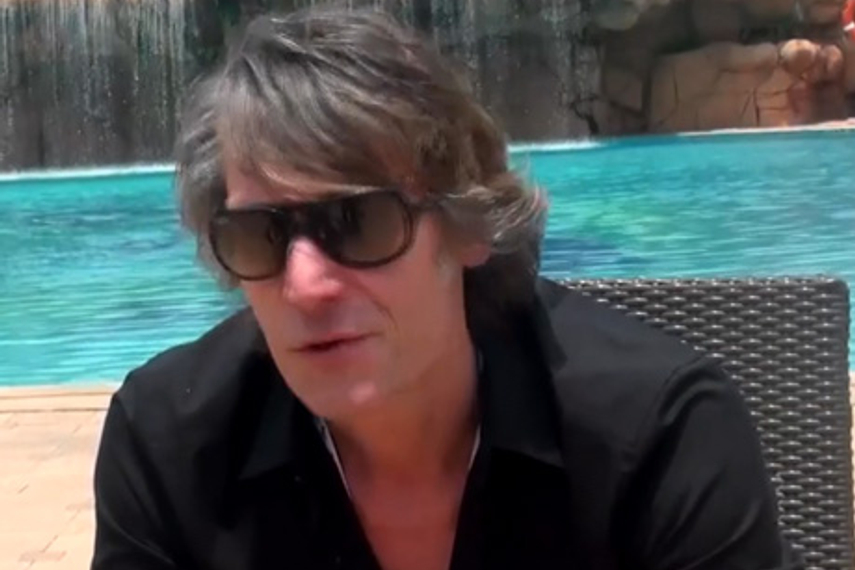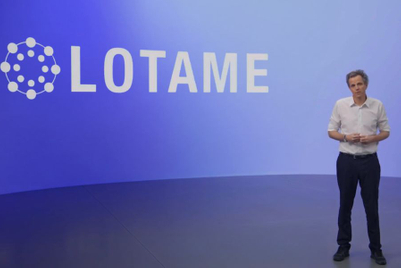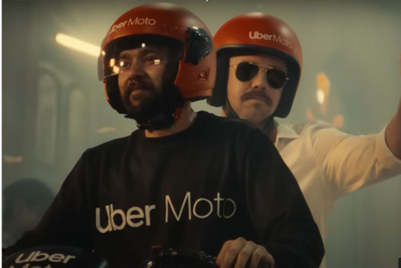
Speaking to Campaign Asia-Pacific in Hong Kong, Vervroegen (pictured) said his job description was very simple: to get to the top of the Gunn Report. To achieve that, he has spent the last year visiting Publicis agencies in Europe, Latin America and now Asia.
“The image of Publicis is not good,” Vervroegen said. “When Maurice Levy hired me, he said he wanted Publicis to be what it was in the 60s. That’s why I took the job. I have had many network job offers before but I believe in what he wants to achieve. The fact is we are not like BBDO or Ogilvy who are creatively very strong here in Asia...We are just not sexy."
In a move that surprised the industry, the highly-awarded Belgian creative joined Publicis in October 2011 from Goodby, Silverstein & Partners, having balked at global posts in the past. He was charged with strengthening the creative ambitions of the third largest holding company in the world, along with the other creatives across Publicis Worldwide agencies, including Olivier Altmann, Craig Davis and Kevin Roddy, who were all appointed to a newly created creative board by Jean-Yves Naouri, executive chairman at Publicis Worldwide.
One year on, Vervroegen, who is also specifically tasked with leading the global Ray-Ban account, believes the network can raise its creative profile—through reinvention. “The importance is to inspire our people, we can't just think about doing work that keeps the clients happy. To be the leader, we have to reinvent the category, show other brands the direction, and do that through work that not only wins awards, but helps our clients’ businesses.
“Sexy agencies win big clients and awards," he said. "These are agencies that are able to attract the best young talent to work for them. It is all about credentials and showing an amazing portfolio to stay healthy. On the financial side, without it, you can’t attract new business or talent.”
He stressed that the days of winning recognition through scam ads are over. “You will be fired if you do that," he said flatly. "Five years ago maybe you can get away with it. But not any more; it can ruin your career.”
According to Vervroegen, Publicis picked up 14 gold Lions at this year’s Cannes Festival, compared with only two gold Lions in 2011.
On his much overdue trip to Asia, Vervroegen visited Publicis Shanghai and Bangkok, as well as Hong Kong. His next stop is India. “What I can say, Asia is certainly in better shape than in Europe.”
Australia, however, is not on the agenda. “Not everyone wants my help and that is fine," he said. "I just need 10 to 15 agencies that are strong around the world. You cannot force everyone to work with me. Anyway, I don’t have the time and energy to work all the agencies. As long as they are delivering what I want then that is fine.”
What does he think about the culture of advertising in Asia? “Singapore is very good, China is getting better every single day, and Thailand's creative work has an amazing sense of humour. I am very surprised with the quality of work and enthusiasm, and the techniques.”
Clients, he commented, are the same across the world and haven't changed since the advent of advertising; agencies have to "push them out of the plane" when they fear approving of edgy work. In most respects, clients in China are no different than clients in San Francisco, he added.
His advice for his Chinese creatives is to stay true to their culture, and not aim to copy Western advertising. “I want their work to be part of the Chinese culture," he said. "They should embrace the beauty of Chinese art and culture, so their works can smell like Chinese art, not just work replicated from London or Australia. I would be more proud to see ‘Chinese’ advertising win a gold Lion.”
Vervroegen said the next step will be to bring creative processes to Publicis’ Asian offices, and eventually appoint a senior creative leader for the region. “We don’t have a budget right now for a regional ECD hire, and honestly even if I went to a recruiter it would be hard to attract the top talent we would want. But that will come with time.”
The article first appeared on Campaign Asia


.jpg&h=334&w=500&q=100&v=20250320&c=1)
.jpg&h=334&w=500&q=100&v=20250320&c=1)



.jpg&h=334&w=500&q=100&v=20250320&c=1)



.jpg&h=334&w=500&q=100&v=20250320&c=1)



.jpg&h=268&w=401&q=100&v=20250320&c=1)




